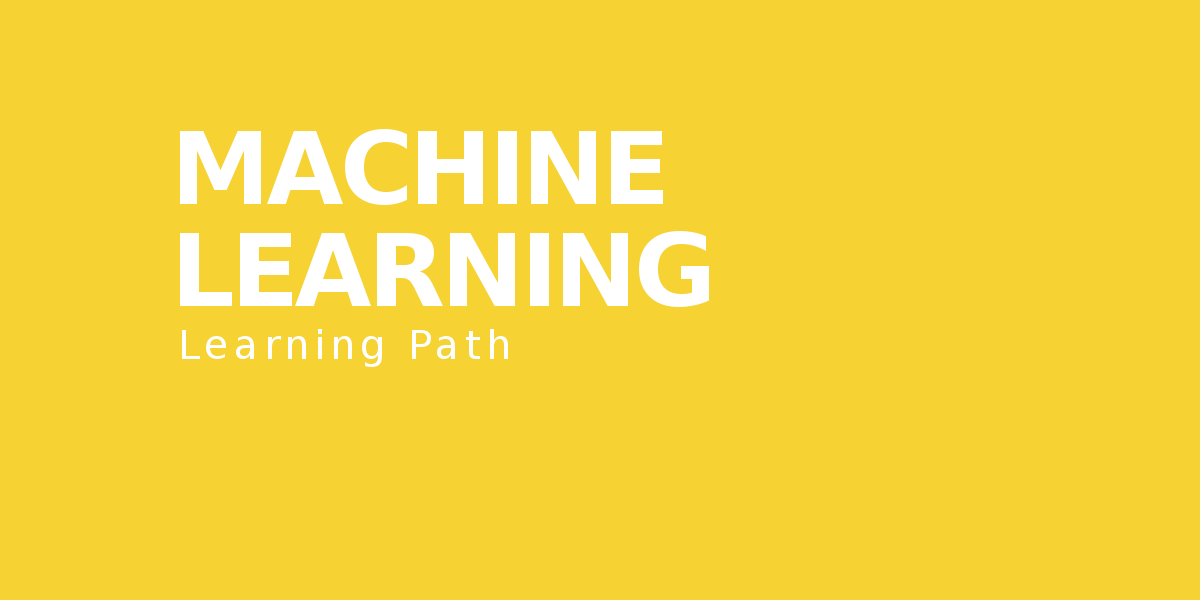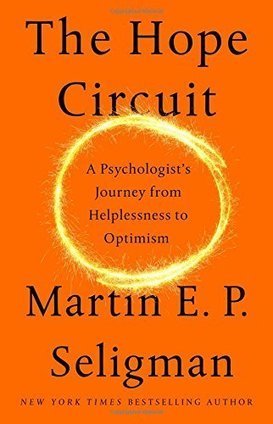Fundamentals Of Neural Networks Solution Manual
Why is Chegg Study better than downloaded Fundamentals of Neural Networks PDF solution manuals? It's easier to figure out tough problems faster using Chegg Study. Unlike static PDF Fundamentals of Neural Networks solution manuals or printed answer keys, our experts show you how to solve each problem step-by-step. No need to wait for office hours or assignments to be graded to find out where you took a wrong turn. You can check your reasoning as you tackle a problem using our interactive solutions viewer. Plus, we regularly update and improve textbook solutions based on student ratings and feedback, so you can be sure you're getting the latest information available.

How is Chegg Study better than a printed Fundamentals of Neural Networks student solution manual from the bookstore? Our interactive player makes it easy to find solutions to Fundamentals of Neural Networks problems you're working on - just go to the chapter for your book. Hit a particularly tricky question? Bookmark it to easily review again before an exam. The best part?
As a Chegg Study subscriber, you can view available interactive solutions manuals for each of your classes for one low monthly price. Why buy extra books when you can get all the homework help you need in one place?
Sponsored Post. Neural Networks and Deep Learning, Springer, September 2018 Charu C. Comprehensive textbook on neural networks and deep learning: (e-copy or hardcopy) (free for subscribing universities and paywall for non-subscribers) Length: 496 pages The book 'Neural Networks and Deep Learning: A Textbook' covers both classical and modern models in deep learning. The book is intended to be a textbook for universities, and it covers the theoretical and algorithmic aspects of deep learning. The theory and algorithms of neural networks are particularly important for understanding the important design principles of neural architectures in different applications. Why do neural networks work?
When do they work better than off-the-shelf machine learning models? When is depth useful?
Why is training deep neural networks so hard? What are the pitfalls?
Even though the book is focused on an academic, textbook-like treatment of the subject (rather than being implementation-oriented), it is rich in discussing different applications. Applications associated with many different areas like recommender systems, machine translation, captioning, image classification, reinforcement-learning based gaming, and text analytics are covered. Concrete mathematical details are provided where needed.
Numerous exercises are available along with a solution manual to aid in classroom teaching. In addition, are available together with their latex source and the sources of the figures.

The chapters of this book span three categories: The basics of neural networks: Many traditional machine learning models can be understood as special cases of neural networks. An emphasis is placed in the first two chapters on understanding the relationship between traditional machine learning and neural networks. Support vector machines, linear/logistic regression, singular value decomposition, matrix factorization, and recommender systems are shown to be special cases of neural networks. These methods are studied together with recent feature engineering methods like word2vec. Fundamentals of neural networks: A detailed discussion of training and regularization is provided in Chapters 3 and 4. Chapters 5 and 6 present radial-basis function (RBF) networks and restricted Boltzmann machines. Advanced topics in neural networks: Chapters 7 and 8 discuss recurrent neural networks and convolutional neural networks.

Examples Of Neural Networks
Several advanced topics like deep reinforcement learning, neural Turing machines, Kohonen self-organizing maps, and generative adversarial networks are introduced in Chapters 9 and 10. The book is written for graduate students, researchers, and practitioners. Where possible, an application-centric view is highlighted in order to provide an understanding of the practical uses of each class of techniques. Finally, the PDF version of this book contains links for navigation, and can be used on many platforms (including kindle). It is lower priced than kindle and is free for computers connected to subscribing universities at.